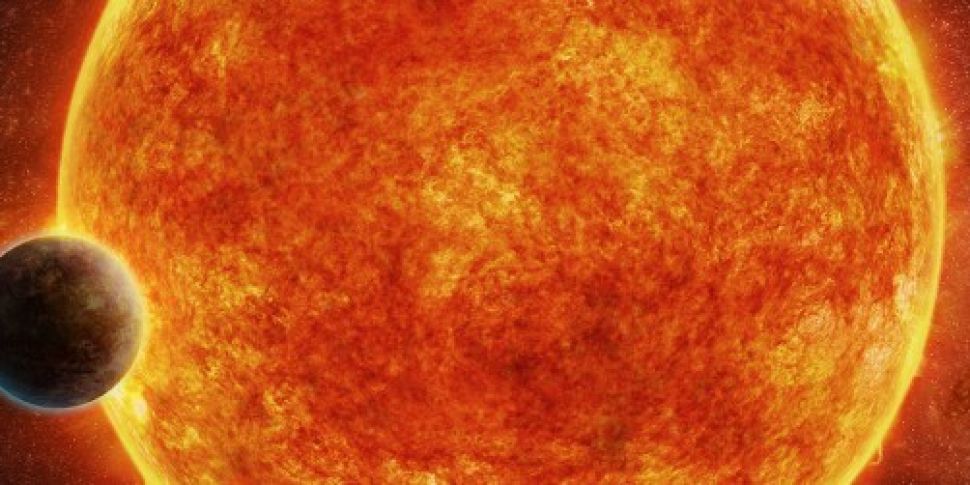US scientists have discovered a new 'Super Earth' planet, orbiting the habitable zone of a nearby small star.
Located just 40 light-years away, the planet designated LHS 1140b was found using the transit method - in which a star dims as a planet crosses in front of it as seen from Earth.
By measuring how much light this planet blocks, the team determined that the planet it is about 11,000 miles in diameter - or about 40% larger than Earth.
Researchers from the Harvard-Smithsonian Center for Astrophysics (CfA) have also weighed the planet to be 6.6 times the mass of Earth.
They say it is likely to have a rocky composition.
"This is the most exciting exoplanet I've seen in the past decade," said lead author Jason Dittmann.
"We could hardly hope for a better target to perform one of the biggest quests in science - searching for evidence of life beyond Earth."
The newfound planet is described in a paper appearing in the April 20th issue of the journal, Nature.
Since this planet travels around a star, it can be examined for the presence of air.
LHS 1140b orbits its star | Image: CfA
This can be done by examining the planet as it moves in front of the star and seeing if its light is filtered through any atmosphere that leaves an imprint.
Large, next-generation telescopes will be needed to tease out these subtle signals.
The planet orbits a tiny, faint star known as LHS 1140, which is only one-fifth the size of the sun.
Since the star is so dim and cool, its habitable zone - the distance at which a planet might be warm enough to hold liquid water - is very close.
This planet orbits its star every 25 days. This means it receives about half as much sunlight from its star as Earth.
Researchers say that although the planet is potentially habitable now, it might have faced a hellish past.
"When the star was young, it would have bathed the planet in a harsh ultraviolet glare that could have stripped any water from the atmosphere, leading to a runaway greenhouse effect like we see on Venus."
"However, since the planet is larger than Earth, it might have possessed a magma ocean on its surface for millions of years. Powered by heat from naturally radioactive elements, that churning ocean of lava may have fed steam into the atmosphere long after the star calmed to its current, steady glow.
"This process could have replenished the planet with water, making it suitable for life as we know it", the CfA says.
"Right now we're just making educated guesses about the content of this planet's atmosphere," says Dittmann.
"Future observations might enable us to detect the atmosphere of a potentially habitable planet for the first time. We plan to search for water, and ultimately molecular oxygen."










